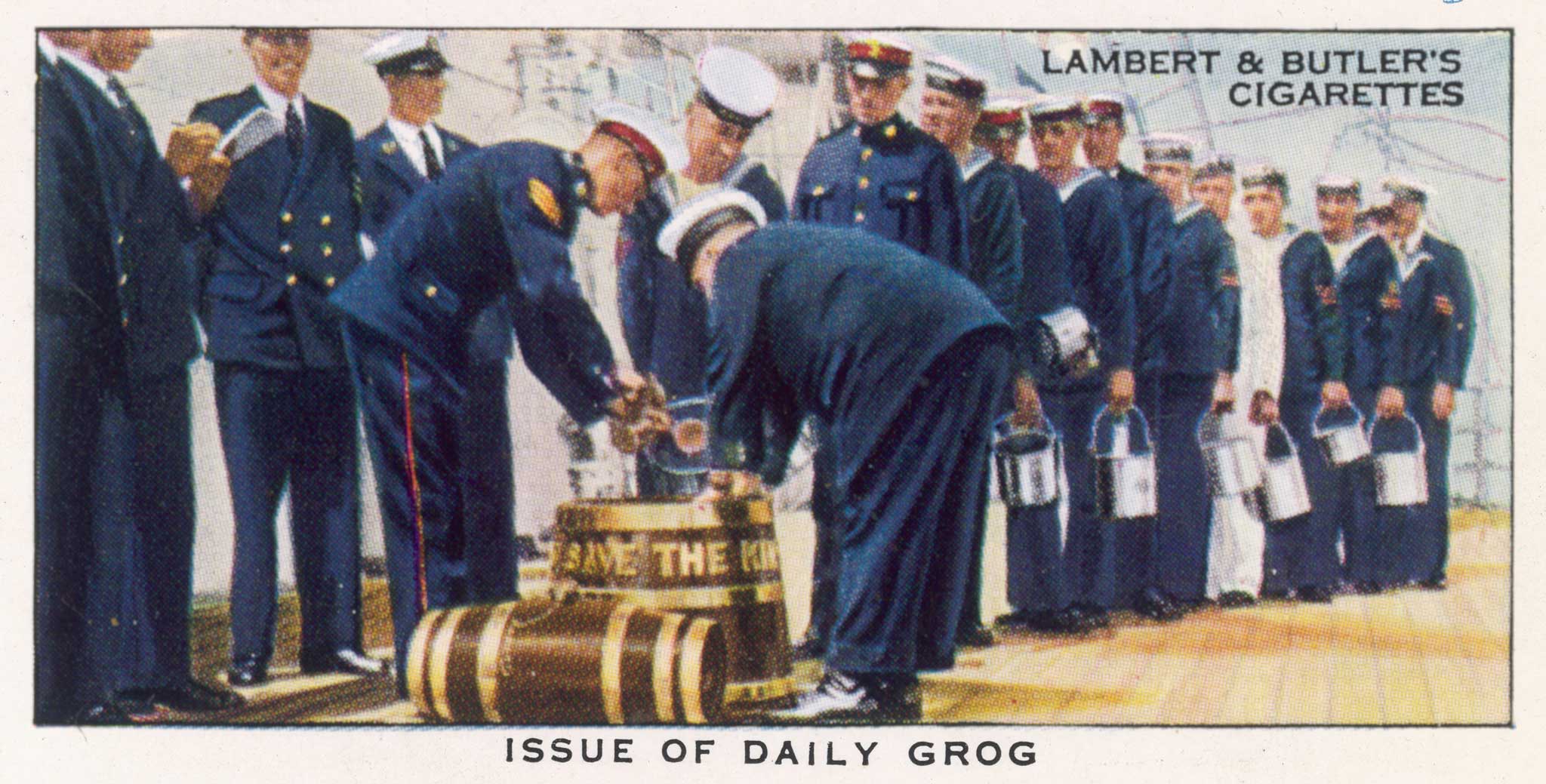Rhodri Marsden's interesting objects: The last bottle of grog distributed to Royal Navy sailors

Your support helps us to tell the story
From reproductive rights to climate change to Big Tech, The Independent is on the ground when the story is developing. Whether it's investigating the financials of Elon Musk's pro-Trump PAC or producing our latest documentary, 'The A Word', which shines a light on the American women fighting for reproductive rights, we know how important it is to parse out the facts from the messaging.
At such a critical moment in US history, we need reporters on the ground. Your donation allows us to keep sending journalists to speak to both sides of the story.
The Independent is trusted by Americans across the entire political spectrum. And unlike many other quality news outlets, we choose not to lock Americans out of our reporting and analysis with paywalls. We believe quality journalism should be available to everyone, paid for by those who can afford it.
Your support makes all the difference.* Forty-four years ago this week, the final ration of grog was distributed to sailors in the Royal Navy; 31 July, 1970 became known as Black Tot Day, with the final 11am call of 'Up Spirits' being marked with the wearing of black armbands and, in one case, a mock funeral.
* The story of grog is a story of dilution. For reasons originally to do with hydration but ultimately more to do with inebriation, the ration of beer stood, by the 17th century, at a gallon a day per sailor. That's a lot of liquid, so it was converted in the late 17th century to half a pint of rum, now easily accessible from the recently-captured territory of Jamaica. But that's still a skinful of booze, particularly if it's saved up for a few days. Discipline became a problem. The sailors had to cut down.
* Admiral Edward Vernon – who went by the nickname of 'Old Grog' – decided, on 21 August, 1740, to dilute the rum at a ratio of 4:1 in the water's favour. Lime or lemon juice and sugar were added (inadvertently protecting his men from scurvy). Grog had been invented. But drunken sailors were still a problem, so in 1823 the ration was halved to quarter of a pint, and halved again in 1851.
* Well over a century later, David Owen MP expressed his concern about the effect of the rum ration on the efficiency of operations. The Admiralty Board agreed with him. 'The Great Rum Debate' of 28 January, 1970 ended the ration, despite the insistence of James Wellbeloved MP that it provided men with "strength" and "determination". Canada followed suit in 1972, New Zealand in 1990.
Today, your best bet for getting hold of a tot of grog is to head to your nearest hipster bar for an ironically-named cocktail.
@rhodri
Join our commenting forum
Join thought-provoking conversations, follow other Independent readers and see their replies
0Comments